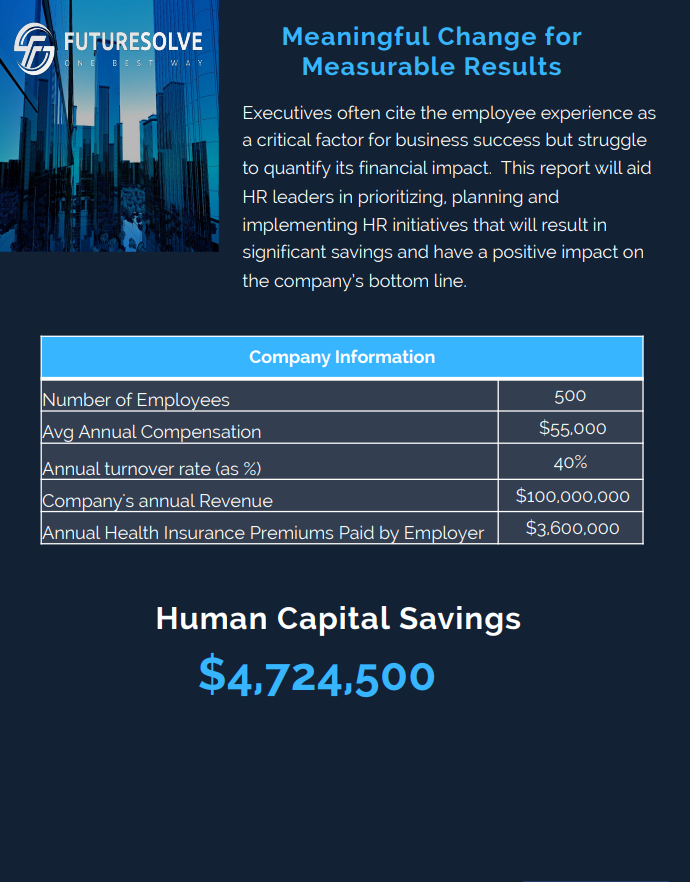The Great Resignation has impacted almost every industry out there. In the modern era, a number of HR leaders are struggling with inflection point -how can organizations attract, engage, and retain the existing talent to remain successful?
However, as businesses start moving ahead in 2023, most of them are effectively turning Great Resignation into a Great Opportunity. In 2023 and beyond, HR departments plan at leaning towards ongoing HR trends -mental health, employee well-being, digital transformation, workplace flexibility, and people analytics, to ensure that existing talent remains on board. All of these can be effectively achieved with the help of minimal HR budget.
How Important is Strategic Human Resources Management?
SHRM or Strategic Human Resources Management is a crucial process that organizations all around leverage to manage the respective employees. It is an effective way to make sure that human resources employed within an organization are utilized in the manner that is capable of supporting the respective organizational goals.
You can regard SHRM as the bridge that helps in connecting human resources and organizational goals. With SHRM, businesses are capable of effectively managing the overall development and performance of employees. Moreover, the process also helps in the creation of dedicated policies and programs that support the overall strategy of the company.
Most important Trends in SHRM or Strategic Human Resources Management
Understanding the annual trends is critical for all businesses to ensure pace with the rapid changes. To achieve the same, we have come up with a list of the latest SHRM or Strategic Human Resources Management trends to help you make informed decisions about the entire organization. Here are some to look out for:
· Hybrid Work Model
As things are getting back on track gradually -as the global pandemic has taken a back seat for some time, modern workplaces are evolving into a highly suitable approach for the overall productivity and employees. It is the hybrid workplace model. It serves to be an employee-centered, flexible workplace model that features a blend of remote and in-office work.
There are several major companies around the world that have hopped onto the concept of hybrid work model. However, is hybrid model sufficient to ensure that operations are running smoothly? One of the major suggestions here is to get in there and have meaningful conversations while trying and understanding the experience of individuals requiring support.
As per a recent study report, it is estimated that around 74 percent of companies in the United States alone are utilizing or planning the implementation of a permanent hybrid workplace model. As an increasing number of organizations are selecting this high-end approach, it is no surprise that the hybrid work model will serve a key component in determining the future of HR or Human Resources.
· Change in Skill Requirements
Professional learning and ongoing development are pivotal to creative an affirmative employee experience that everybody wants to be a part of. It is especially true for frontline employees.
As per a study report, it is observed that more than 1/3rd of jobs across the globe will be transformed with the help of cutting-edge workplace technology. This implies that more than 1 billion individuals will require re-skilling or upskilling to keep up with the 4th Industrial Revolution. As per a leading study report, it is estimated that around 53 percent of HR leaders think about prioritizing crucial skill building in 2023 and beyond. This makes the concept of flexible learning one of the leading SHRM trends leaders should consider.
· Decentralized Work Sites
Decentralization, within a workplace, is the procedure by which authority within an organization is delegated to low-level managers. With the concept of decentralized authority, there is immense responsibility on the managers. With respect to decentralized authority, low-level managers are capable of taking respective decisions regarding the specific work area with a certain level of freedom.
A decentralized worksite is the workplace scenario that is situated away from the main facilities of the organization. A decentralized worksite is set up towards catering to the specific demands of a particular geographical region.
· Increase in Employee Monitoring
Employee monitoring is not any new concept. However, it has evolved significantly in the past few years. A sophisticated employee monitoring solution delivers a wide range of benefits to both employers and employees -like improved efficiency, better engagement, improved well-being, and effective compliance.
Monitoring employee performance at workplace allows SHRM or Strategic Human Resources Management team to ensure a wide number of decisions with respect to employees -including employee appraisals, hiring needs, coaching & training requirements, and so more.
· Automation of Repetitive Operations
As businesses are doing more on the talent arena, people analytics and automation of repetitive operations are getting the overall spotlight -more than ever. HR professionals require advanced tools and in-depth education to ensure data-driven decisions towards making a positive impact.
Automation will take a center stage in core HR operations in 2023 & beyond. Aspects like chatbots, artificial intelligence, streamlined workflows, and automatic onboarding processes will make the overall lives of employees easier.
How Should Businesses React?
Irrespective of the industry, HR departments are entering 2023 for an all-new digital chapter. These advanced solutions will also help in creating more meaningful connections between front-end employees and the respective workplaces. Digital platforms will play a crucial role in sharing diverse stories while capturing strong people analytics -allowing automated processes that will make internal operations run smoother, fasters, and highly efficient.





























